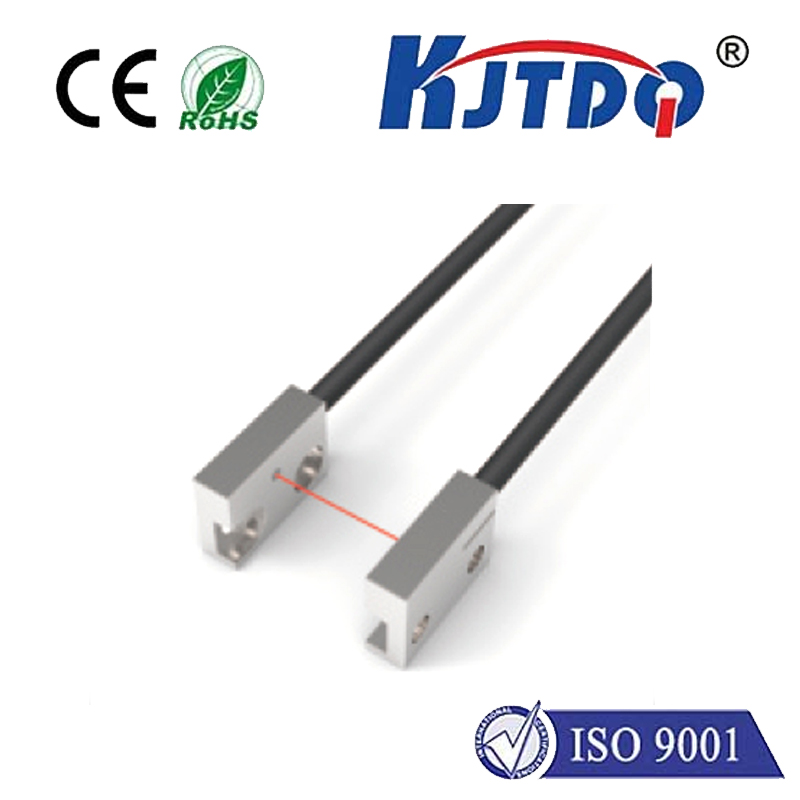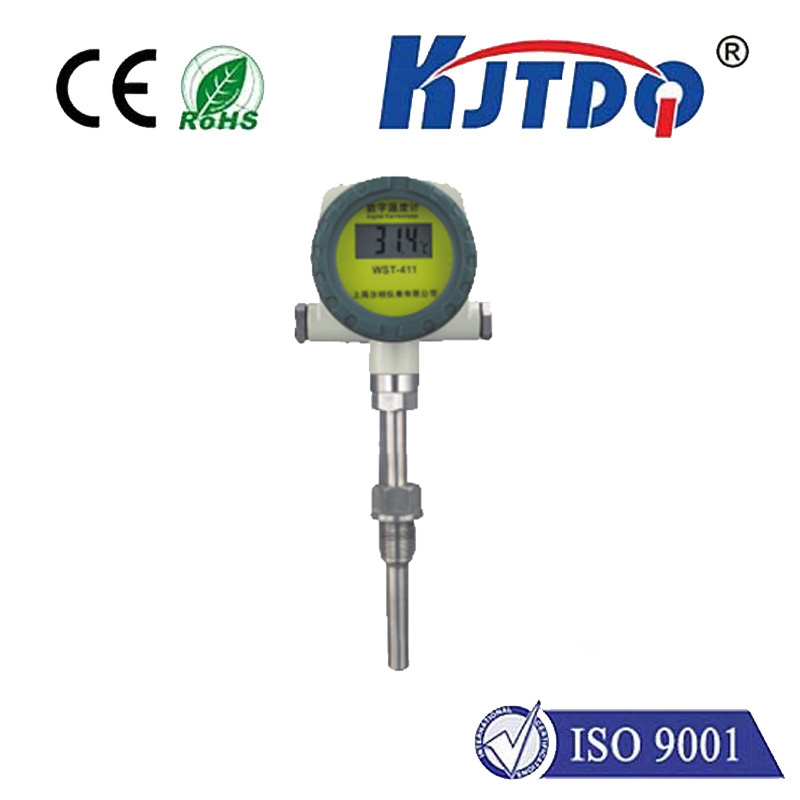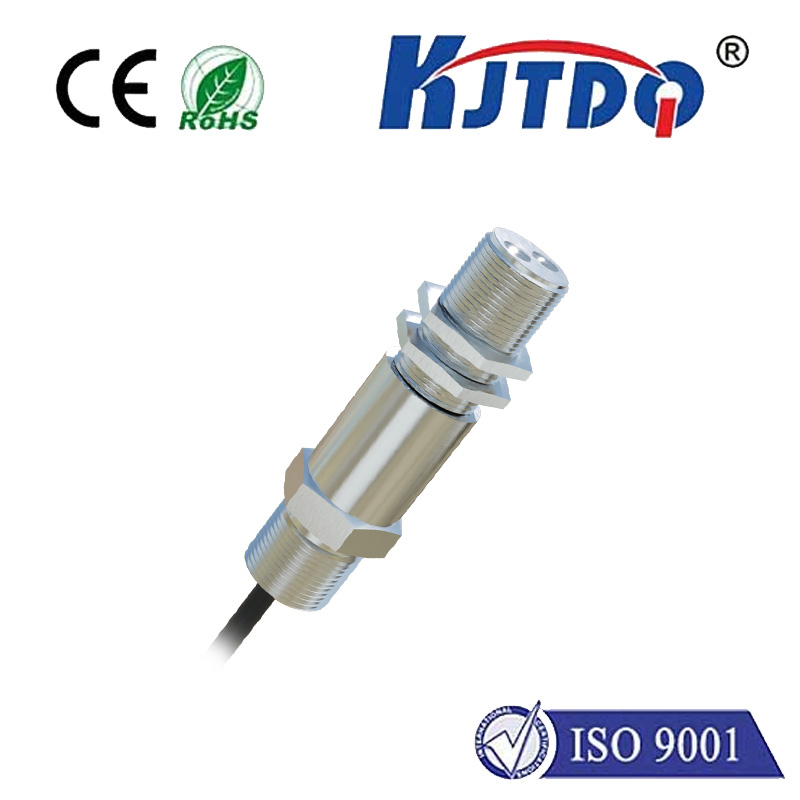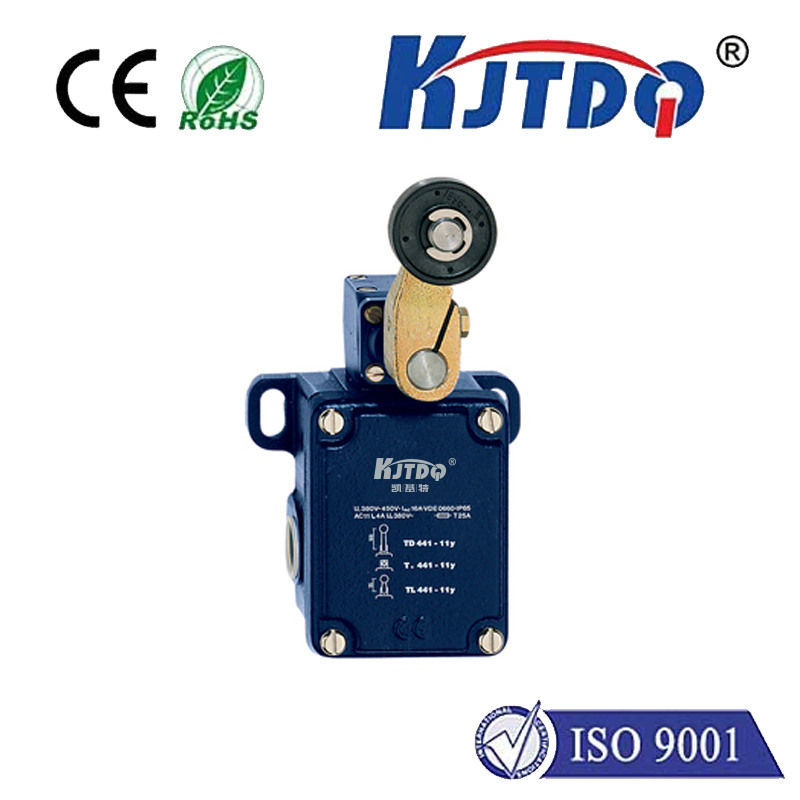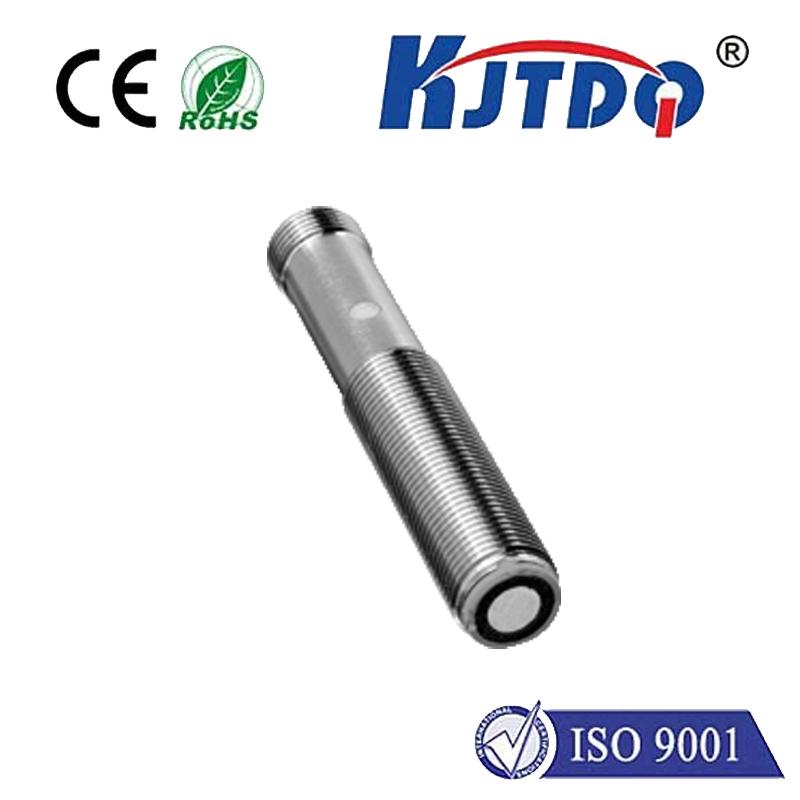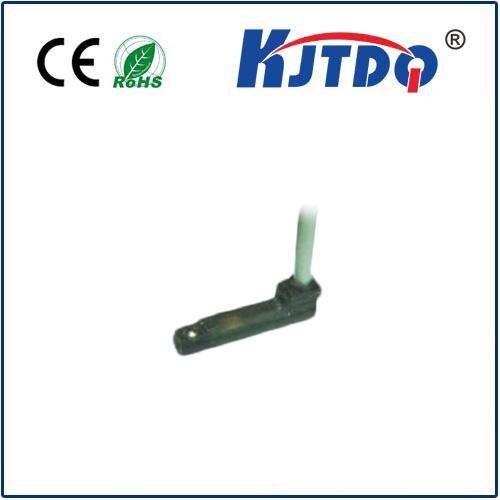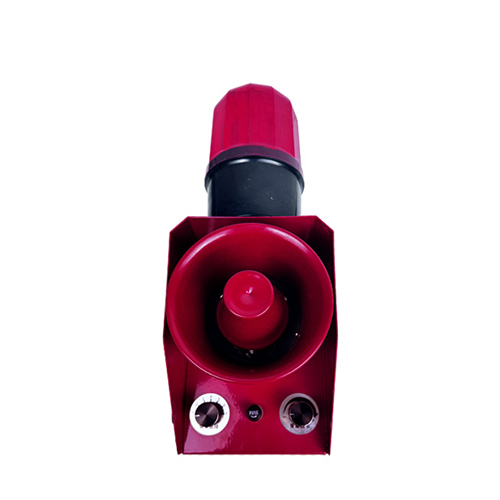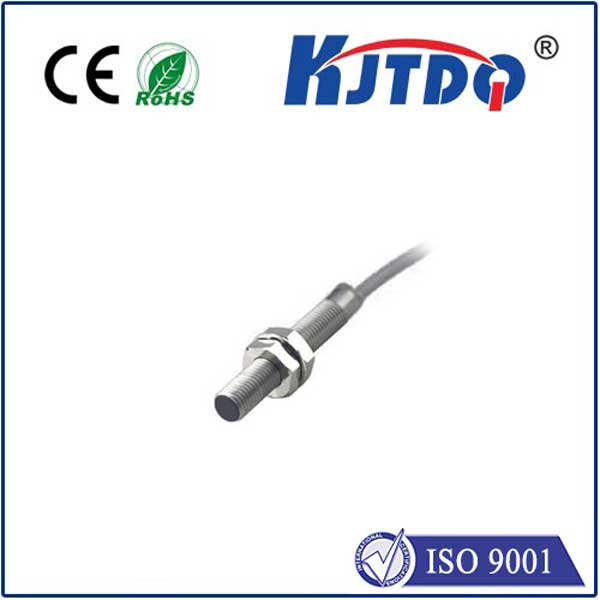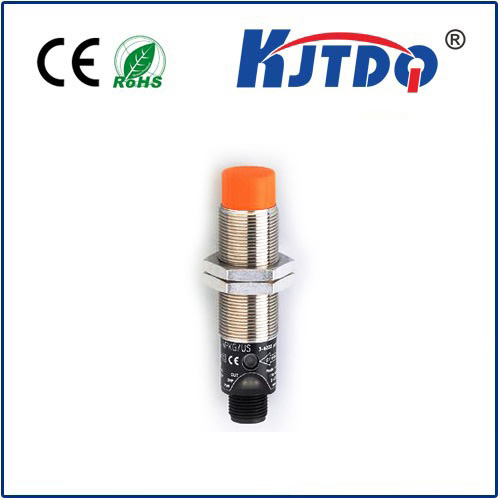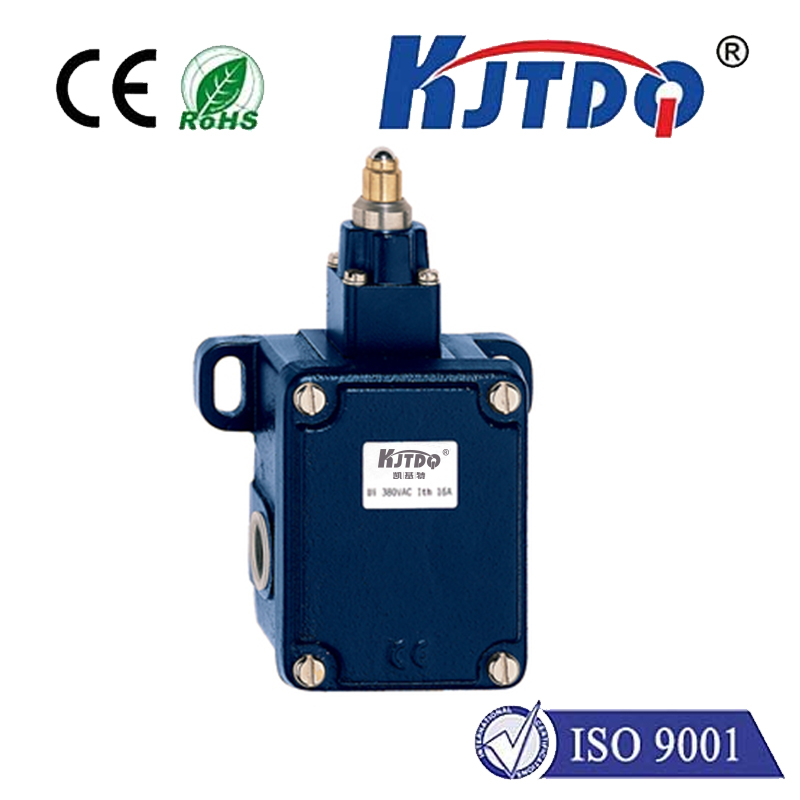Radar Sensor Working: How It Detects and Measures Objects in the Environment
In today’s fast-paced world, technology plays a crucial role in enhancing our daily lives. One of the most versatile and widely used technologies is the radar sensor. This device is designed to detect and measure objects in the environment, making it an essential tool in various fields such as aviation, automotive, and weather monitoring. Understanding how radar sensors work is key to appreciating their significance in modern technology.
A radar sensor, short for radio detection and ranging sensor, operates by emitting electromagnetic waves and analyzing the reflected signals. The basic principle involves the emission of a radio frequency signal, which travels through the air and bounces off objects. The sensor then receives the reflected signal and calculates the distance, speed, and direction of the object based on the time it takes for the signal to return.

The process begins with the emission of a high-frequency electromagnetic wave. This wave travels through the air and interacts with objects in its path. When it encounters an object, a portion of the wave is reflected back toward the sensor. The sensor measures the time it takes for the reflected signal to return and uses this information to determine the distance of the object.
The speed of the object also plays a critical role in the measurement. The frequency of the emitted wave determines the wavelength, which in turn affects the resolution and accuracy of the sensor. Higher frequencies provide more detailed images but may have shorter range, while lower frequencies offer a broader range but less resolution.
In addition to distance, radar sensors can also measure the speed of an object. This is achieved by analyzing the frequency shift of the reflected signal, a phenomenon known as the Doppler effect. By measuring the change in frequency, the sensor can determine whether an object is moving towards or away from it, and how fast.
Radar sensors are not limited to detecting objects in the air. They are also used in various other applications, such as automotive safety systems, where they help in detecting obstacles and assisting in automatic braking. In weather monitoring, radar sensors provide real-time data on precipitation, helping meteorologists predict severe weather conditions.
The integration of radar sensors into everyday devices has revolutionized how we interact with technology. From smartphones to vehicles, these sensors enable features like automatic parking, collision avoidance, and real-time traffic monitoring. As technology continues to advance, the role of radar sensors will only become more significant.
In summary, radar sensors are a remarkable example of how technology can enhance our understanding of the world around us. By detecting and measuring objects through the use of electromagnetic waves, they provide valuable information that is essential in modern society. As we continue to innovate, the future of radar sensors looks promising, with new applications and improvements on the horizon.
